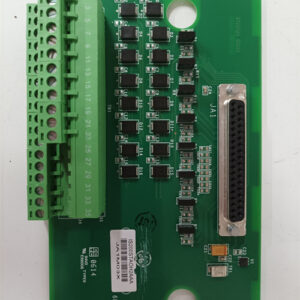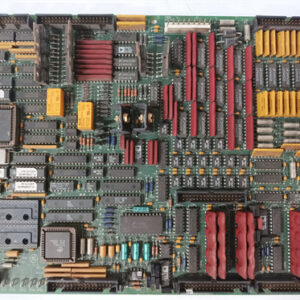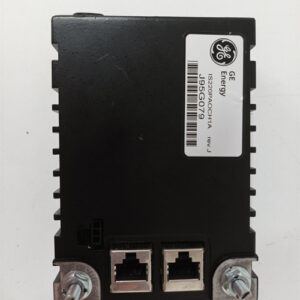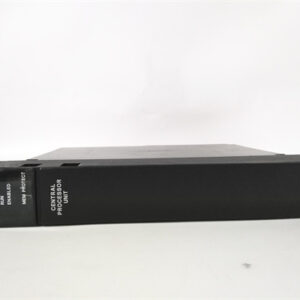الوصف
The GE DS3860HMPF is a Microprocessor Card for the Mark IV Speedtronic turbine control system. It is the central processing unit (CPU) of the system, responsible for executing all control logic, processing data, and managing system communication. The “C-Coat” designation indicates it has a Conformal Coating for protection against harsh environmental conditions.
Technical Breakdown 🧠
This card is the “brain” of the Mark IV control system, performing all the computational work.
- Core Function: The
DS3860HMPFis the main processor. It continuously runs the control program, which includes everything from simple sequencing to complex control algorithms for speed and load regulation. It receives data from various input cards (e.g., analog, digital, and thermocouple inputs), processes this data according to the programmed logic, and sends commands to the output cards to control actuators and other field devices. - System Architecture: In a Triple Modular Redundancy (TMR) configuration, three of these cards operate in parallel. They constantly compare results and use a voting mechanism to ensure that a single card failure does not cause a system trip or a malfunction. This architecture is a hallmark of the Mark IV’s high reliability.
- Conformal Coating (C-Coat): The presence of a conformal coating is a vital protective feature. This thin, protective film acts as a barrier against common industrial contaminants such as moisture, dust, salt spray, and corrosive gases. This coating is essential for the long-term reliability of the card in demanding power generation environments.
Applications 🏭
The DS3860HMPF is the central component in Mark IV control panels for:
- Turbine Control: Manages the complete operation of gas or steam turbines, including startup, speed control, load regulation, and shutdown.
- Safety and Protection: Executes safety interlock logic and monitors critical parameters to prevent unsafe conditions.
- Data Processing: Gathers and processes all system data for display, alarming, and historical logging.
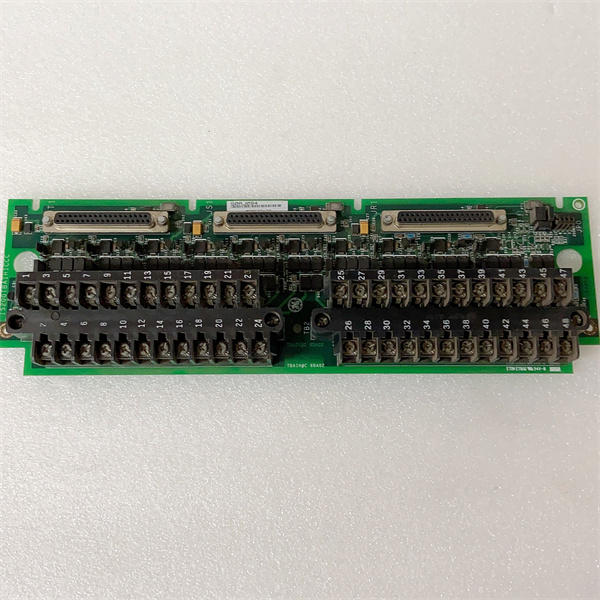

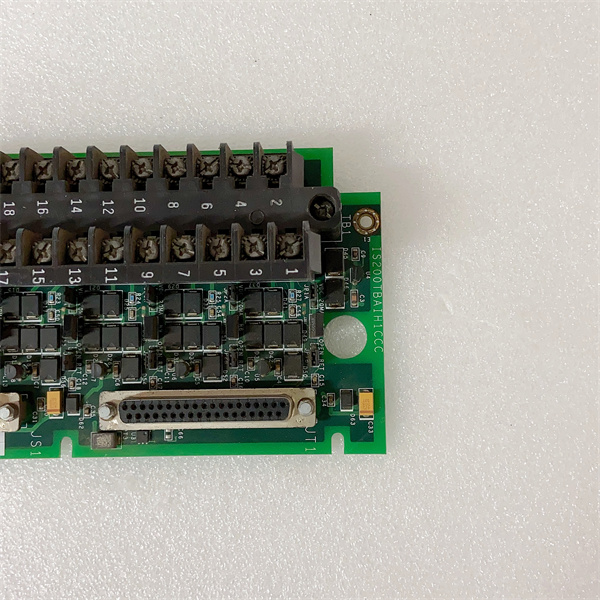

 +86 15340683922
+86 15340683922 +86 15340683922
+86 15340683922